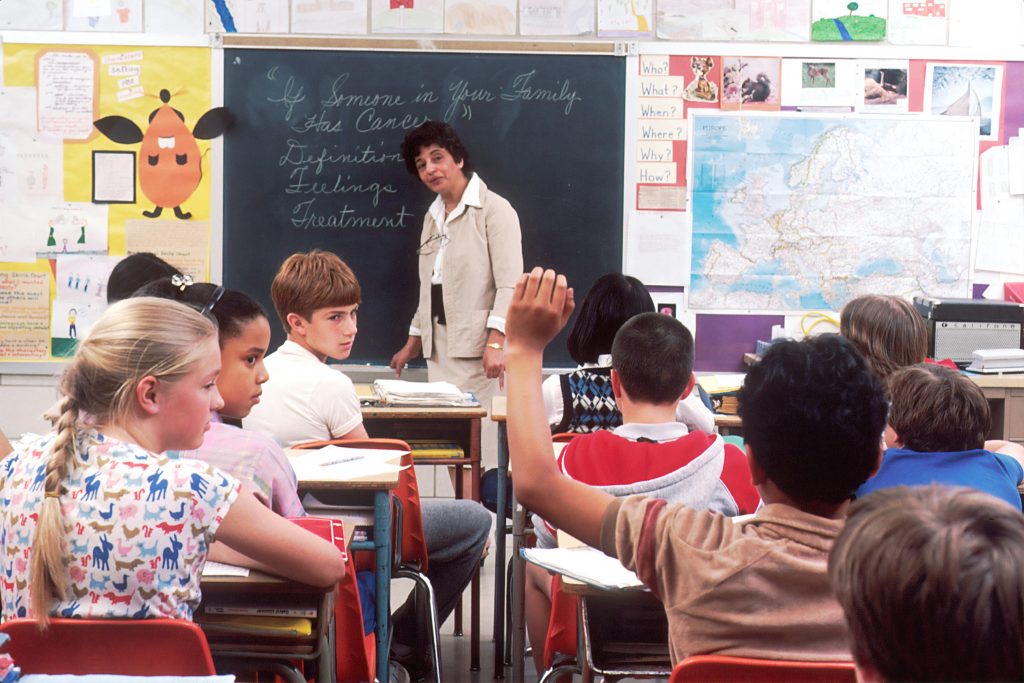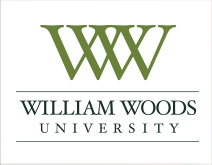The Value of Creating a Culturally Responsive Curriculum for Diverse Student Populations

Classrooms across the country include students from diverse cultures and beliefs. Some students may feel disconnected from peers and teachers because of their differences.
In response to cultural, demographic, and technological changes, educators are developing culturally responsive teaching methods and curriculum that addresses the needs of all students and helps bridge gaps between the quality of education for different communities.
A Way to Reach All Students
Culture encompasses the norms, beliefs, and social behaviors found in human societies that are passed down from one generation to the next. It also includes the knowledge, customs, laws, arts, and habits of these groups.
For example, in the classroom, cultural differences can help explain why a student may not make eye contact with, or questions, teachers and persons of authority. There are many more examples of behaviors that students might display that reflect their backgrounds and cultural differences.
Culturally responsive teaching recognizes and appreciates diversity and the importance of students’ cultural references in aspects of learning. It is a pedagogy that attempts to help teachers understand the cultural nuances that might cause the student-teacher relationship to break down, which can ultimately cause student achievement to suffer.
Culturally responsive teaching can empower all students to excel in class. It is a research-based approach to teaching that connects students’ cultures, languages, and experiences with school lessons. By making these connections, students can develop higher-level academic skills.
By seeing multiculturalism as an asset and applying culturally responsive instruction, teachers raise awareness and expectations for all students. Educators can include the assets that the diverse student populations in their classrooms offer in their educational plans.
An inclusive curriculum helps students understand different perspectives and build empathy. Culturally responsive teaching methods also help educators reflect on how their own identity and experiences affect their attitudes and teaching practices.
How Educators Can Develop Cultural Responsiveness
Being culturally responsive requires introspection—digging deep inside ourselves and recognizing the experiences we have had and the attitudes and biases that were formed from them. It means reflecting on past and current practices.
The questions educators may ask themselves during this self-examination might include:
- Am I operating from a place of care in the classroom—a place that merges high expectations with empathy and compassion?
- Has my past interaction with a particular group of people impacted my ability to communicate with parents?
- Are my students, no matter their socioeconomic status or background, being held to high standards?
These and other such attitudes and biases impact how teachers interact with their students and their families. It also affects how they design curriculum and plan lessons.
Empowering Students through Diversity
In addition to the benefits of this internal examination, culturally responsive teaching helps students collaborate with one another. Teachers and students gain insight into how culture influences the ways people feel respected, heard, safe, and included. This acknowledges different cultures and reinforces the value they have in the classroom.
Culturally responsive teachers can foster a student-centered environment by encouraging engagement and creating a warm, positive, inclusive classroom where students feel they belong and their diversity is celebrated.
Culturally responsive teaching in practice involves:
- Identifying students’ assets.
- Developing genuinely caring relationships.
- Examining the curriculum to ensure relevance.
- Exploring resources to deepen your own understanding.
Students benefit from culturally responsive teaching with enhanced cognitive development, social connections, increased engagement and retention, and improved cultural competence.
Building a Culturally Responsive Curriculum
Are you an aspiring education leader who is passionate about equity in education and developing curriculum that addresses the needs of all students? Explore the Online Master of Education (M.Ed.) in Educational Leadership program at William Woods University. Students in the program take a course—Curriculum Construction—that presents a dual focus on the philosophical and practical aspects of curriculum development.

